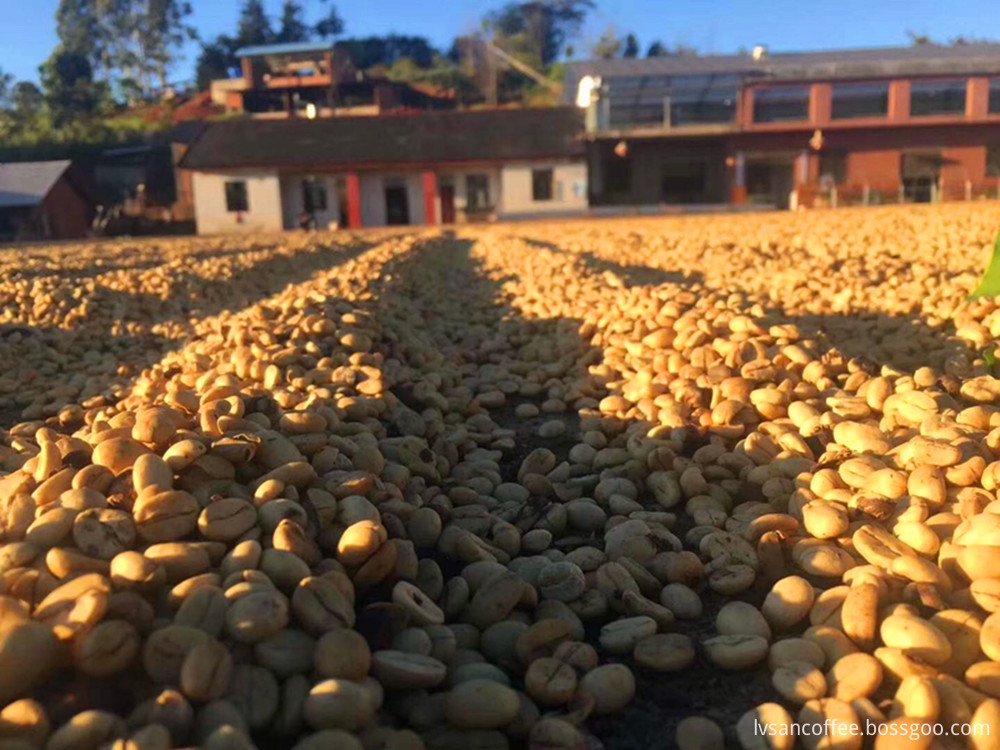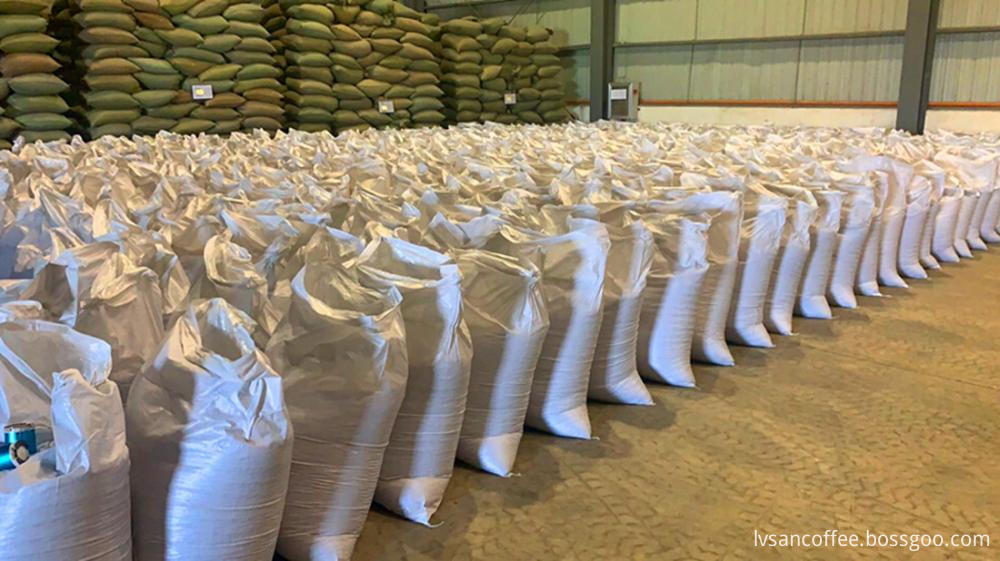Tomatoes are familiar Fruits and Vegetables, rich in vitamins, sour and sweet, and very unique. With the popularization of greenhouse planting technology, we can now eat tomatoes all year round. However, many greenhouse tomato growers say that it is prone to hollowing problems when growing tomatoes in greenhouses. So what causes it? How to prevent it? Let’s learn about it. .
Tomato Hollow
1. Reasons for Hollow Tomatoes
1. Variety issues
At present, there are hundreds of tomato varieties in my country, which can be roughly divided into early-maturing varieties and late-maturing varieties according to the time when tomatoes mature. The main reason for the hollowness of tomatoes is that the placental tissue is underdeveloped during the development of tomato fruits, which mostly occurs in early-maturing varieties.
2. Poor fertilization
Tomato is a monoecious plant, and pollination must be done by means of external air pollination, insect pollination, etc. during flowering and pollination. If the tomatoes encounter continuous rainy weather during flowering and pollination, then the best time for tomato pollination will be missed, which will affect the normal fertilization of tomatoes and cause hollowing.
3. Water and fertilizer management
The tomato growth process should be based on the growth of the tomato in a timely manner. If the nitrogen fertilizer is too much after the tomato fruit begins to expand, it will easily lead to the lengthening of the stems and leaves of the tomato, and the fruit will compete for nutrients, causing the fruit to appear hollow due to insufficient nutrients. In addition, if the tomato fruit quickly expands and is not topdressed in time, it will also appear hollow due to insufficient nutrients.
4. Too many results
Tomatoes that have just begun to bear fruit will not appear hollow, but as the tomato plants continue to grow, the position of the inflorescence continues to increase, and the number of tomatoes bears more and more, and the probability of tomatoes appearing hollow will also increase. There are too many tomatoes at one time, and some fruits growing on the top will not have enough nutrients and water, resulting in hollowing.
5. Improper use of regulators
Tomatoes are monoecious crops. In order to increase the pollination rate of tomatoes, vegetable farmers usually use regulators such as Zuguolin and Fangluosu to increase the pollination rate of tomatoes. When using a regulator, if the concentration is too high, or if the flower is repeatedly dipped, it will cause the tomato fruit to grow too fast, leading to poor placental development and hollowing.
6. The temperature is too high
Although tomato has strong heat resistance, when the tomato is pollinated and swelled, if the temperature is higher than 35 degrees for a long time, it will affect the pollination rate and the swelling speed of the tomato, which will cause the tomato to appear hollow.
Tomato Hollow Reason
Second, preventive measures for tomato hollow
1. Light management
In the middle and late stages of tomato growth, branching and leaf picking should be carried out properly to enhance light and promote ventilation. Usually, after the fruit on the fruiting branch is picked, the side branches below it should be knocked off in time to ensure the nutrient supply of the fruit-bearing branch, and all the leaves under the fruiting branch should be removed. The leaves on the ears cannot be removed to ensure that the upper fruit develops well. If the light is insufficient, the light can be supplemented artificially.
2. Water reasonably
In the greenhouse, the growth of fruits is based on the premise of ensuring the normal growth of tomatoes. Generally speaking, the water content of the farmland is about 65-75%. After the fruit trees have fallen, the recommended field water content can be maintained at about 80% during the fruit development stage. In the process of irrigation, the control of water temperature is particularly important, which affects the occurrence of hollow tomato fruit to a certain extent. In order to ensure the sustainability of tomato growth, it is recommended to water every tomato harvest.
3. Reasonable fertilization
The strong growth of tomato plants is inseparable from the coordination of fertilizers. The elements can be coordinated and complemented, and high yields can be achieved under the premise of healthy growth. Therefore, applying a sufficient amount of organic fertilizer in the base fertilizer can also greatly reduce the abnormal growth that occurs during the growth of the fruit. At the same time, pay attention to timely fertilization at each growth stage, remember to pay attention to phosphorus, potassium, and light nitrogen fertilizer after flowering.
4. Topping and thinning fruit
In order to prevent tomatoes from swelling due to too much fruit, only 3-4 fruits are kept on each bunch. After the tomato plant grows 2-3 clusters of fruits, you can keep 3-4 leaves to topping the tomato. After the topping, it can prevent the plant from growing excessively and promote the growth of branches. After two clusters of fruits grow on the branches, 2-3 leaves should be retained, and then the branches should be topped. When the branches grow on the branches, the two clusters of fruits are still retained and 2 leaves are left on the top of the fruit again. Topping, and so on.
5. Artificial pollination
Generally, tomatoes grown in greenhouses require artificial pollination. When artificially pollinating tomatoes, it is necessary to wait until more than half of the first inflorescence is blooming before dipping the flowers with biological regulators. Pay attention to the amount of dipping flowers not to be too large each time, and ****** is a dipping flower. Don't dip too much, so as not to pollinate too much pollen, but affect the expansion of tomatoes. Pay attention when dipping flowers and avoid high temperature weather. ****** is done after the temperature drops in the morning and afternoon.
Disclaimer: Some articles on this website are transferred from the Internet. If the legal rights of third parties are involved, please inform this website for handling. phone
China Green Coffee Beans
flavor: mellow and balanced, with fruit acid flavor, nuts, honey, chocolate, citrus;
Variety:Aribica
processing method: washing;
water content: less than 12%;
packaging: 60kg / bag;
size: 13#>90%

In 1892, French missionary father Tian Daneng preached in Dali, Yunnan Province, China. In order to drink coffee, he taught local villagers to grow and drink coffee. Up to now, coffee has been planted in Yunnan Province of China for more than 100 years, with an area of 120000 mu. Most of the varieties planted in Yunnan are ccatimor, with an altitude of 1000-1500m, The coffee produced in Yunnan has a balanced taste, rich nut and citrus flavor, some of which are very sweet, with obvious taste of chocolate, toffee and maple sugar. It is one of the high-quality coffee producing areas. Our coffee is produced at the junction of Puer and Burma - the Myitkyina original jungle beans at 1500-1750, with a rich flavor, high aroma and high sweetness. The 2019 international coffee cup Masters Tournament (China finals) is sponsored by beans.

Decaf Espresso Beans,Bulk Espresso Beans,Expensive Coffee Beans,Unroasted Green Coffee Beans
Yunnan New Biology Culture Co,.Ltd , https://www.lvsancoffee.com